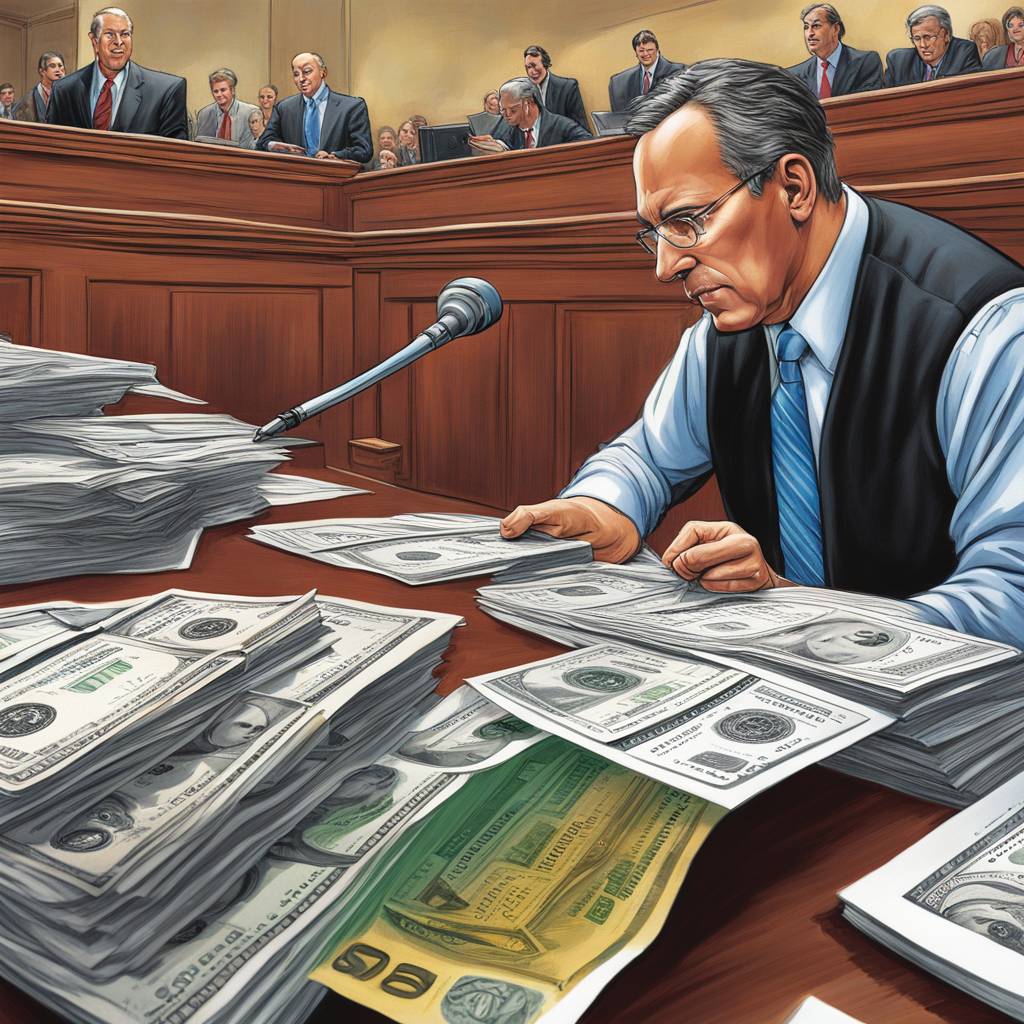The Cohan rule, established in the 1930 case of Cohan v. Commissioner, allows taxpayers to claim deductions even without receipts as long as they can provide other supporting evidence. This rule has remained popular with taxpayers, especially those who may not be diligent record-keepers or often misplace receipts. The case of George M. Cohan, a Broadway pioneer, exemplified this rule when he successfully argued that his travel and entertainment expenses were deductible despite not having receipts. The Cohan rule has since been used in various cases to estimate deductible expenses in the absence of proper documentation.
In a recent case involving David Villa, a contractor with poor record-keeping habits, the Tax Court applied the Cohan rule to estimate his cost of goods sold when he could not provide exact documentation. Villa deposited significant amounts of money without reporting them and had his cousin prepare his tax returns, leading to an IRS Notice of Deficiency for taxes, penalties, and interest. Despite being criticized for his lack of proper records, Villa was granted some leeway by the court to estimate his deductible expenses under the Cohan rule. While taxpayers may still benefit from this rule, they are likely to receive only partial relief when unable to substantiate expenses fully.
The Cohan rule has been adapted by the Tax Court to estimate not only deductible business expenses but also cost of goods sold. Despite its usefulness, there are exceptions to the rule, particularly for expenses with stricter substantiation requirements such as transportation, lodging, meals, and entertainment. In cases where the Cohan rule cannot be applied, taxpayers face greater challenges in proving their expenses and deductions. It is essential for taxpayers to maintain thorough records and receipts to avoid potential disputes with the IRS and increase their chances of successfully claiming deductions.
In the case of Alvarado v. Commissioner, a used car dealer with poor record-keeping faced challenges from the IRS regarding the cost of his inventory. The IRS argued that many of the used cars sold had no inventory cost, resulting in unfavorable tax consequences for Mr. Alvarado. However, the Tax Court rejected this position and considered testimony about the purchases of the used cars to estimate their costs. While Mr. Alvarado could have benefited from better record-keeping practices, the court’s application of the Cohan rule ultimately helped increase his costs of goods sold, providing some relief from the IRS’s position.
Although the Cohan rule can be a valuable tool for taxpayers in certain situations, relying on it as a planning technique is not advisable. In cases where taxpayers are unable to provide adequate documentation, going to court to argue for deductible expenses under the Cohan rule can be a risky and time-consuming process. It is always best for taxpayers to maintain proper records, including checks, receipts, and invoices, to substantiate their expenses and deductions. By doing so, taxpayers can avoid potential disputes with the IRS and ensure compliance with tax laws without having to rely on legal precedent such as the Cohan rule.













